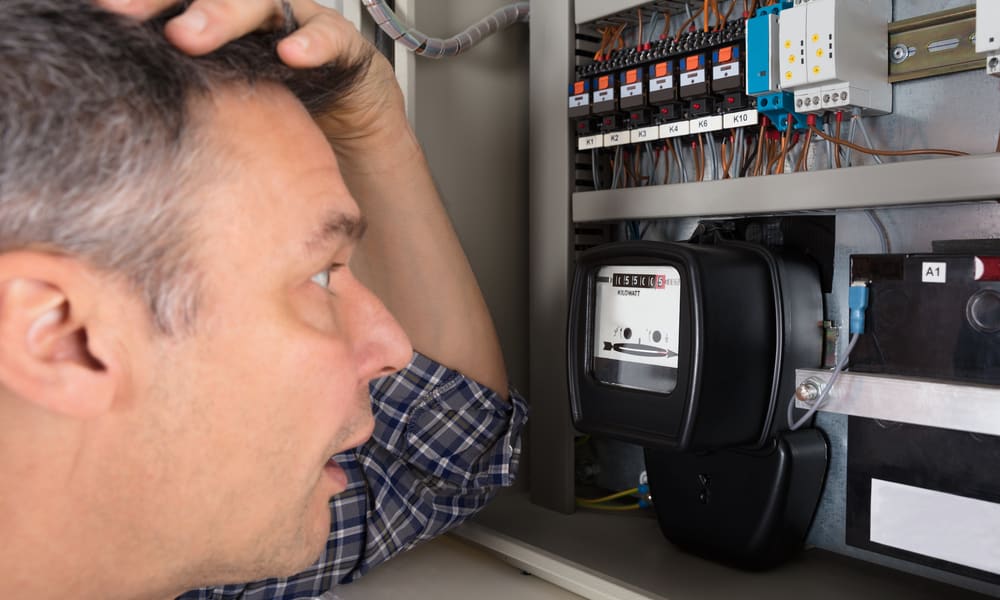Step-by-step roadmap to licensed electrical work: skills, exams, and field experience
This article outlines a practical roadmap for progressing from basic electrical study to licensed practice. It summarizes the core skills, classroom and hands-on training, typical exam expectations, and the role of supervised field experience in preparing candidates for residential or commercial electrical work.

Becoming a licensed electrician combines classroom learning, hands-on practice, and regulated assessments. A clear roadmap helps learners prioritize wiring fundamentals, safety protocols, and practical installation techniques while scheduling apprenticeship hours and exam preparation. This guide breaks down the sequence of skills to develop, the structure of vocational training and on-the-job experience, and the regulatory steps involved in moving from novice to licensed practitioner.
What wiring and circuitry basics are taught?
Courses and early training focus on fundamental wiring techniques and circuitry concepts so students understand how current flows, how circuits are constructed, and how to size conductors and protective devices. Typical lessons cover load calculation, branch circuits, single-phase and three-phase systems, and how to read wiring diagrams. Practical labs reinforce safe connections, use of tools such as wire strippers and multimeters, and basic soldering or terminal work. Mastering these basics reduces mistakes during installation and provides the foundation for more advanced electrical tasks.
How does vocational training address safety and grounding?
Safety is woven through every module in vocational programs, from PPE to lockout-tagout procedures. Training emphasizes electrical hazard recognition, personal protective equipment, and safe work practices to prevent shock, arc flash, and fire. Grounding and bonding are taught as core safety systems: why proper grounding paths exist, how grounding electrodes and bonding conductors are installed, and how these measures protect people and equipment. Safety inspections, code compliance, and emergency response procedures are also practiced to prepare learners for real-world jobsite conditions.
What conduit and installation practices will you learn?
Installation modules introduce routing and securing conduit, selecting conduit types for different environments, bending and joining conduit, and pulling conductors correctly. Students learn how to size conduit for fill, terminate raceways, and maintain separation for signal and power circuits when required. Installation practice includes fitting boxes, mounting equipment for residential and commercial installations, and applying proper fastening and support methods. Hands-on training builds speed and consistency, while classroom units cover relevant electrical code sections that govern installation practices.
How much apprenticeship and field experience is required?
Apprenticeship provides supervised field experience that complements classroom instruction. Depending on local regulations, apprentices typically complete several thousand hours of on-the-job training under journeyperson supervision, performing tasks from basic installations to troubleshooting. Field work develops situational judgement about diagnosing faults, coordinating with other trades, and completing inspections. Worksite exposure also teaches documentation practices and client communication. Apprenticeships bridge the gap between simulated lab tasks and the unpredictable conditions of residential and commercial job sites.
How do licensing, certification, and inspection processes work?
Licensing often requires a combination of documented work hours, vocational coursework, and passing one or more exams administered by a regulatory body. Certification may be offered for specialties such as low-voltage systems, solar PV, or industrial controls. Inspections play a dual role: they verify that installations meet code and provide feedback that reinforces best practices. Preparation for licensing exams includes studying code references, practicing calculation problems, and gaining experience with permit and inspection workflows used by local authorities having jurisdiction.
What maintenance, troubleshooting, residential and commercial skills apply?
Maintenance and troubleshooting emphasize systematic diagnosis: isolating faults, testing components, and interpreting measurements to plan repairs without causing additional hazards. Skills differ between residential and commercial contexts—residential work may focus on branch circuits, service panels, and appliance connections, while commercial settings often involve larger service equipment, three-phase systems, and more complex distribution. Technicians learn preventive maintenance routines, routine inspection checklists, replacement procedures, and how to document work for building managers or homeowners.
A steady progression through classroom theory, vocational labs, supervised apprenticeship, and exam preparation creates a reliable path to licensed practice. Emphasizing wiring fundamentals, safe grounding, correct conduit and installation techniques, and structured field experience helps candidates meet licensing and inspection requirements and develop the practical troubleshooting and maintenance skills required in both residential and commercial contexts.





